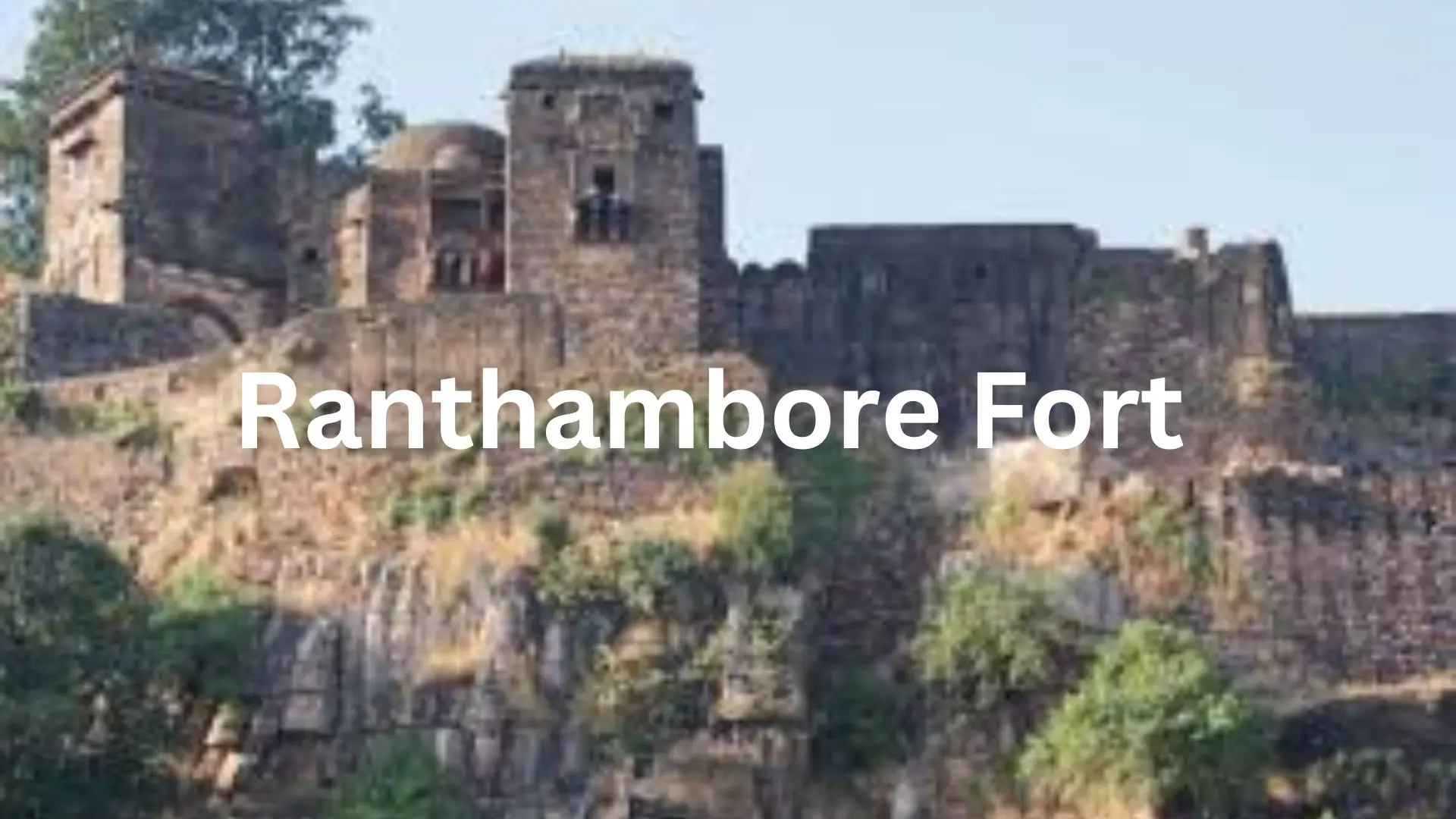Ranthambore Fort, a UNESCO World Heritage site, stands as a testament to India’s rich history, vibrant wildlife, and spiritual depth. Nestled in the picturesque state of Rajasthan, this fort has captivated historians, wildlife enthusiasts, and pilgrims alike. Let’s explore the fort’s intriguing history, its connection with tigers, and the sacred Trinetra Ganesh Temple.
The Enigmatic History of Ranthambore Fort
Ranthambore Fort history is a fascinating journey through time. Constructed in the 10th century by the Chauhan dynasty, the fort was strategically positioned on a hilltop, offering a panoramic view of the surrounding region. This vantage point made it a formidable defense structure against invasions.
Over the centuries, Ranthambore Fort witnessed numerous battles and changed hands multiple times, from the Chauhans to the Delhi Sultanate, and finally to the Mughals. Each ruler left an indelible mark, contributing to the fort’s architectural grandeur and historical significance.
Wildlife Haven: The Ranthambore Fort Tiger Connection
Ranthambore Fort is uniquely situated within the Ranthambore National Park, one of India’s premier tiger reserves. The fort’s proximity to the park has forged a symbolic link between Ranthambore Fort and the majestic Ranthambore Fort tiger. The park is home to a significant population of tigers, making it a prime destination for wildlife enthusiasts and photographers.
Visitors often recount the exhilarating experience of spotting a tiger in the wild, with the fort standing majestically in the backdrop. This unique setting adds a layer of mystique and allure to the already captivating Ranthambore Fort.
Spiritual Journey: Trinetra Ganesh Temple
The Trinetra Ganesh Temple Ranthambore Fort is a prominent pilgrimage site, drawing devotees from all over India. According to legend, Lord Ganesh appeared in King Hammir’s dream during a siege, promising divine intervention. The next morning, an idol of Lord Ganesh with three eyes (Trinetra) was found embedded in the fort’s walls.
The Ganesh Mandir Ranthambore Fort holds great spiritual significance, and devotees believe that Lord Ganesh fulfills their wishes. The temple is a hub of activity, especially during Ganesh Chaturthi, when thousands of devotees flock to seek blessings and participate in the festivities.
Architectural Marvels
The fort is a treasure trove of architectural wonders, showcasing the craftsmanship of different eras. The battlements, watchtowers, and grand gateways reflect a blend of Hindu and Islamic architectural styles. Among the notable structures within the fort are the Hammir Court, Badal Mahal, and Jogi Mahal, each narrating a tale of its own.
The intricate carvings, majestic pillars, and expansive courtyards are a testament to the fort’s historical and architectural grandeur. Exploring these structures offers a glimpse into the opulent lifestyle and strategic acumen of the fort’s erstwhile inhabitants.
Ranthambore Fort’s Location
Ranthambore Fort is located in which state? The fort proudly stands in the state of Rajasthan, a land known for its royal heritage, vibrant culture, and stunning landscapes. Situated near the town of Sawai Madhopur, the fort is easily accessible and serves as a major tourist attraction.
Preserving the Legacy
Efforts to preserve and restore Ranthambore Fort are ongoing, with the aim of maintaining its historical and cultural significance. The Archaeological Survey of India (ASI) oversees these efforts, ensuring that the fort remains a beacon of India’s rich heritage for future generations.
Visiting Ranthambore Fort
A visit to Ranthambore Fort is an enriching experience, offering a blend of history, wildlife, and spirituality. Here are some tips for planning your visit:
- Best Time to Visit: The ideal time to visit Ranthambore Fort is from October to April when the weather is pleasant, and wildlife sightings are more frequent.
- Entry Fees: The entry fee for Indian citizens is nominal, while foreign tourists are charged a slightly higher fee.
- Guided Tours: Opting for a guided tour can enhance your experience, providing deeper insights into the fort’s history and significance.
- Wildlife Safari: Combine your visit to the fort with a wildlife safari in Ranthambore National Park for a comprehensive experience.
Frequently Asked Questions (FAQs)
Q1: What is the history of Ranthambore Fort?
A1: Ranthambore Fort, built in the 10th century by the Chauhan dynasty, has a rich history marked by numerous battles and rulers, including the Delhi Sultanate and the Mughals.
Q2: Why is Ranthambore Fort famous for tigers?
A2: Ranthambore Fort is located within the Ranthambore National Park, a renowned tiger reserve. The fort’s proximity to the park has established a symbolic connection with the tigers.
Q3: What is the significance of the Trinetra Ganesh Temple?
A3: The Trinetra Ganesh Temple Ranthambore Fort is a revered pilgrimage site. Legend says Lord Ganesh appeared in a king’s dream during a siege, and his idol was found in the fort’s walls the next day.
Q4: Which state is Ranthambore Fort located in?
A4: Ranthambore Fort is located in the state of Rajasthan, near the town of Sawai Madhopur.
Q5: What architectural features can be seen at Ranthambore Fort?
A5: Ranthambore Fort boasts a blend of Hindu and Islamic architectural styles, with notable structures like the Hammir Court, Badal Mahal, and Jogi Mahal showcasing intricate carvings and grand designs.
Q6: When is the best time to visit Ranthambore Fort?
A6: The best time to visit is from October to April, when the weather is pleasant and wildlife sightings are more frequent.
Q7: Are there guided tours available at Ranthambore Fort?
A7: Yes, guided tours are available and highly recommended to gain deeper insights into the fort’s history and significance.
Q8: Can I combine a visit to the fort with a wildlife safari?
A8: Yes, combining a visit to Ranthambore Fort with a wildlife safari in Ranthambore National Park offers a comprehensive and enriching experience.
Conclusion
Ranthambore Fort stands as a magnificent blend of history, wildlife, and spirituality. Its rich past, connection with the majestic tigers, and the sacred Ganesh Mandir Ranthambore Fort make it a must-visit destination in Rajasthan. Whether you’re a history buff, wildlife enthusiast, or spiritual seeker, Ranthambore Fort promises an unforgettable experience.
